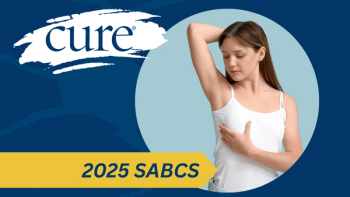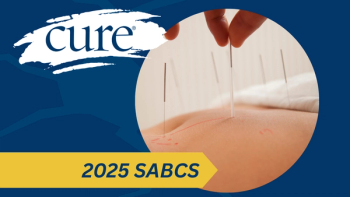
- Fall Issue
- Volume 1
- Issue 1
Starting a Conversation
Families with certain genetic mutations face many complex and personal choices, including how and when to share such information with their children. Mom's Genes is here to help.
WHEN I WAS 27, my husband and I welcomed our twins into the world. Their story began when they were born exactly two months early. Ten days later, in that same hospital, my mother started a new chapter in her life when she was diagnosed with ovarian cancer. I spent my days running between the floors of the hospital to visit my mother and my daughters. One generation up; one generation down — just two floors apart, but their stories were more closely connected than any of us understood.
Not long after my mother’s initial diagnosis, we discovered that she was BRCA1 positive. Being positive for a mutation in this BRCA gene meant that she faced up to a 72 percent chance of developing breast cancer and up to a 44 percent chance of developing ovarian cancer over the course of her life. It also meant that there was a 50 percent chance that she had passed this genetic mutation on to me.
When my daughters were 4 months old, I decided to undergo genetic testing. My genetic counselor had me spend a lot of time gathering and outlining my family tree and my family’s health history. He explained my risk of carrying the gene mutation and drew my blood. Weeks later, he called and asked me to come into the office. My results were in. I took one look at his face and knew immediately that I, like my mother, am BRCA1 positive.
Back when I first got tested, my daughters were so tiny that it was not possible to have a meaningful conversation with them about this diagnosis, but it definitely shaped our story going forward. Today I am blessed with three children: my 7-year-old twins and my 4-year-old son. I often think about whether they have inherited the same gene mutation I carry. I wonder how I can provide them with a framework for understanding how this genetic mutation has profoundly affected our family’s history. My family has many more BRCA obstacles yet to come. There is no doubt that my children will have questions. I knew I would have to find a way to answer them.
I decided I would tell them a story — our story.
Whether around our dinner table or in the car on the way to soccer practice, my family loves to tell stories. In fact, my children love telling stories so much that they often create small picture books for my husband and me. Every day, I am in awe of their creativity and ability to learn through the stories they tell. It was from their works that I was inspired to create a picture book for young children, “Mom’s Genes,” that would help us start a much-needed conversation about our family’s health history. Because my children are still quite young, I knew I would have to approach this conversation slowly and in a way that they would understand. By lightly introducing the concepts of genetics and family health history, “Mom’s Genes” was meant to ignite that first conversation so that we could eventually dive deeper into these issues.
One day at breakfast, I told my children that Mommy had written a story. It was a wonderful experience to share the initial draft with them. They immediately started giving me detailed descriptions of what the illustrations should be. Sitting and sketching out ideas for “our story” became one of our after-school activities. All the while, I was introducing them to the story of their genes. As a result, they began recognizing and talking about genetic traits that they may have inherited from members of the family. Then, when the children were concerned about my frequent medical visits, the book helped me explain that my doctors know my family’s health history and use it to do plenty of checkups to keep me healthy.
As genetic information and testing become more readily available, they will have a tremendous impact on medical decisions going forward. Families with certain genetic mutations face many complex and personal choices, including how and when to share such information with their children. It is my hope that “Mom’s Genes” will help parents start conversations with their young children about their own families’ health histories and encourage their sons and daughters to be proactive about their health and wellness starting from a young age.
Articles in this issue
about 7 years ago
Screening Younger for Colorectal Cancerabout 7 years ago
Aretha Franklin Died of Advanced Pancreatic Cancerabout 7 years ago
In Sickness and in Health: Dating Apps in the Cancer Worldabout 7 years ago
A State of Flux for Kidney Cancerabout 7 years ago
Evolution Revolution: CRISPR in Cancer Careabout 7 years ago
Protecting Parenthood for Cancer Survivors




